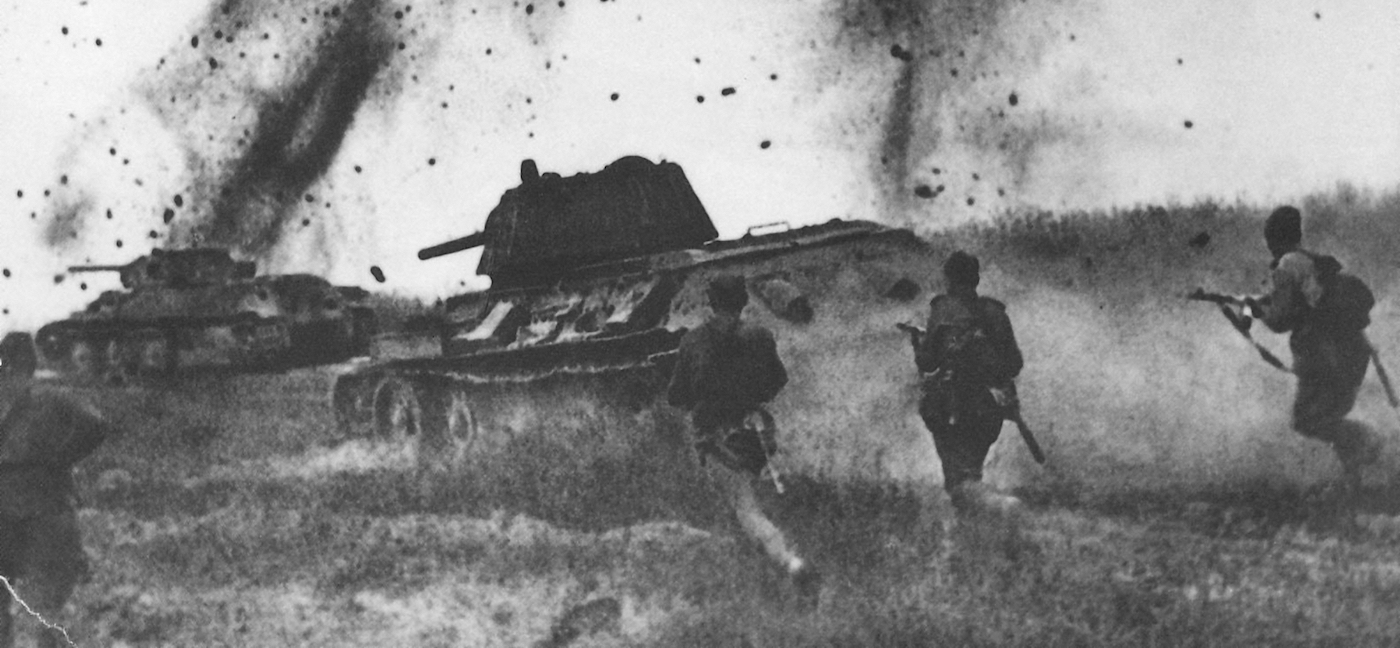
Battle of Kursk
The Soviet Union halts the German offensive
5 July - 23 August 1943
The Battle of Kursk, codenamed Operation Zitadelle - Citadelle - was the last great Blitzkrieg offensive on the eastern front. To this day, the battle remains the greatest tank conflict in the history of mankind. After repelling the German offensive, the Red Army launched two powerful counter-offensives. The Germans suffered heavy losses of men and tanks. This led to their losing the strategic initiative, and, in the end, the war.
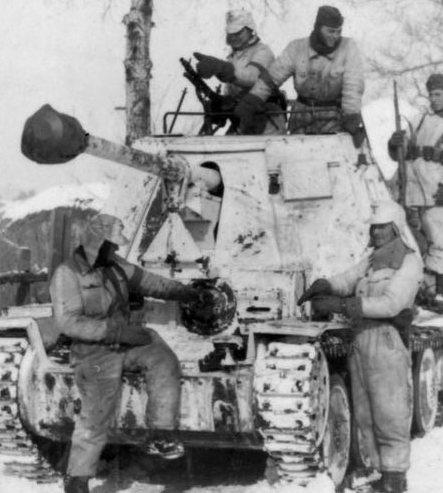
1 of 4
Field Marshal Erich von Manstein finalized an offensive in the third battle of Kharkov. Thus, he created a very long front line again, from Leningrad in the north, to Rostov in the south. In the middle was a Soviet outpost 200 km long and 150 km wide, between Orel and Kharkov. In these conditions, von Manstein suggested tricking the Soviets into attacking the 6th Army, which was being restructured. The German troops would then close the circle from Kharkov to Rostov.
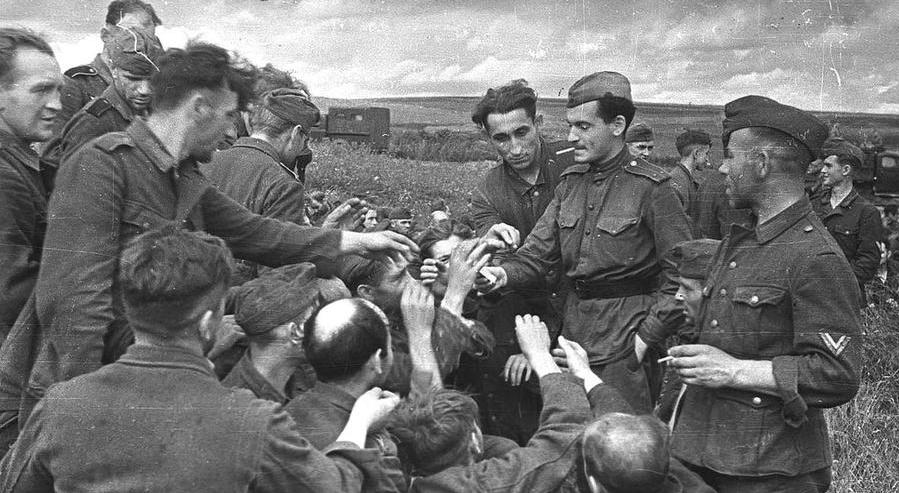
2 of 4
The OKW did not approve Manstein’s plans. The German command turned its attention to the Soviet outposts between Orel and Kharkov. Three Soviet armies were stationed in this area. If they could cut the line in half, the Germans would trap a considerable proportion of these armies. At the same time, they would create a shorter front line and capture the strategic railway line close to the city of Kursk.
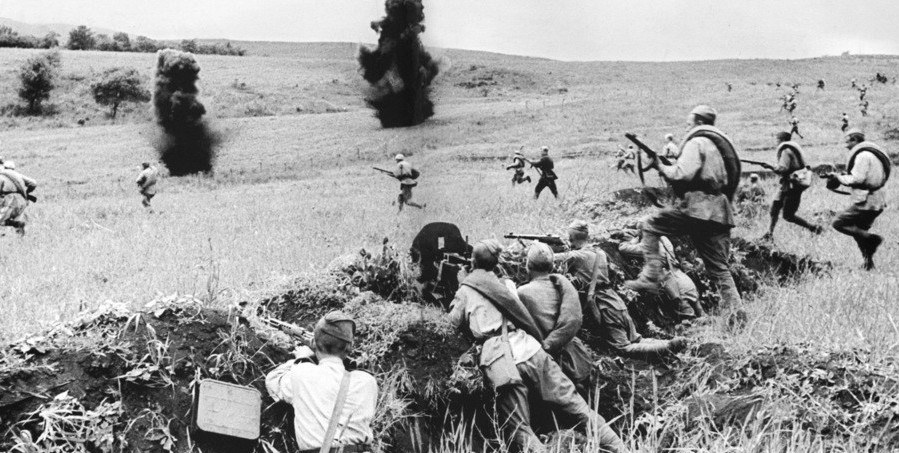
3 of 4
The city of Kursk is found over 500 km south of Moscow, and is bisected by the principal Moscow-Rostov railway. The city was once known for its nightingales. Songbird competitions had been held here since the 19th century. However, during the offensive, the only sounds heard in the city were sounds of war. Kursk was captured by the Germans during Operation Barbarossa. After its capture, the Wehrmacht shot 15,000 people and sent another 30,000 to Germany as slave laborers. Kursk was recaptured by the Russians immediately after Paulus surrendered in Stalingrad.
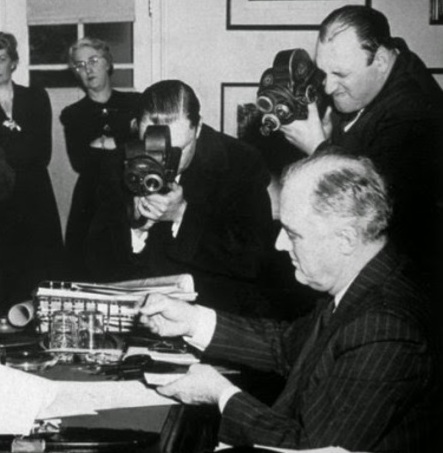
4 of 4
After Stalingrad, Manstein stabilized the front of the Army Group South. The Army Group Central, under the command of Field Marshal von Kluge, stopped the Russian advance to the north, at Orel. After they were both exhausted, the two sides entered a period of reduced activity. During this time, fresh troops were brought in for the summer offensive. Even so, time was not on the Germans’ side. Through the Lend-Lease Bill, the Russians received large quantities of equipment from the Americans.
The 9th army of Walther Model was to attack from Orel. During this time, the 4th Panzer army of Hermann Hoth and the Kempf Detachment, under the direct command of Erich von Manstein, would attack from Kharkov. The two groups planned to meet close to Kursk. If the offensive went well, they would have the initiative to continue and create a front line on the Don river. The date of the attack was postponed twice. These postponements allowed new forces and weapons to be received, including new Panther tanks.

1 of 4
Contrary to his earlier behavior, Hitler allowed his generals a considerable amount of control in planning the forthcoming battle. In the following weeks, they continued increasing the number of forces in the area. They selected, from the entire German line, everything that could be useful in the battle which was to come. On the date of the attack, the German forces were composed of 50 divisions, of which 17 were motorized. The OKW distributed the new models of tanks for the battle: Tiger, Panther and Ferdinand, the latter a tank destroyer. In this way, the generals commanding the attack gathered a formidable concentration of armored vehicles.
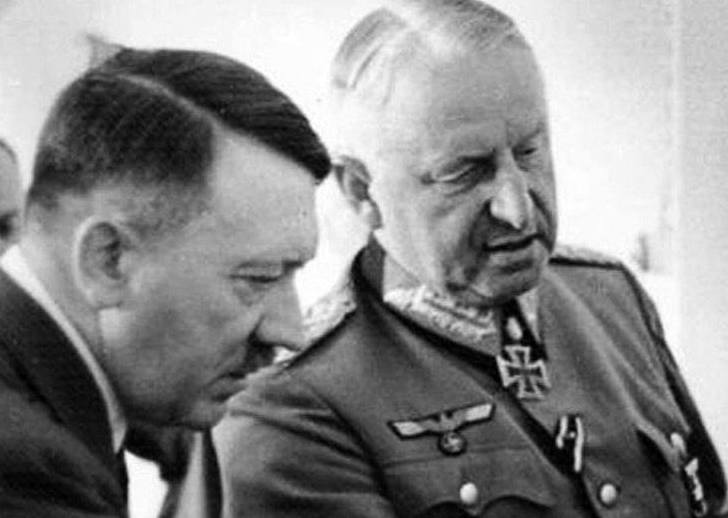
2 of 4
Hitler flew to the Zaporoje front line for three days of discussions with Manstein. He got so close to the enemy, that the T-34 tanks were within firing range of the aerodrome. The Fuhrer was far from being the Supreme Military Dictator of the days before Stalingrad. Guderian noted four days later, at a reunion: “His left hand trembled, his back was bent, his gaze was fixed, his eyes protruded but had lost their former lustre, his cheeks were flecked with red. He was more excitable, easily lost his composure and was prone to angry outbursts and ill-considered decisions.”

3 of 4
A war of attrition was exactly what the Germans should have avoided after Stalingrad. However, because of the constant delays to Operation Zitadelle, this is what they had. Before Hitler delayed the attack, Kursk was a defenceless city, lying in the middle of hundreds of square kilometers of empty agricultural land. Once the operation started, the city became a fortress.
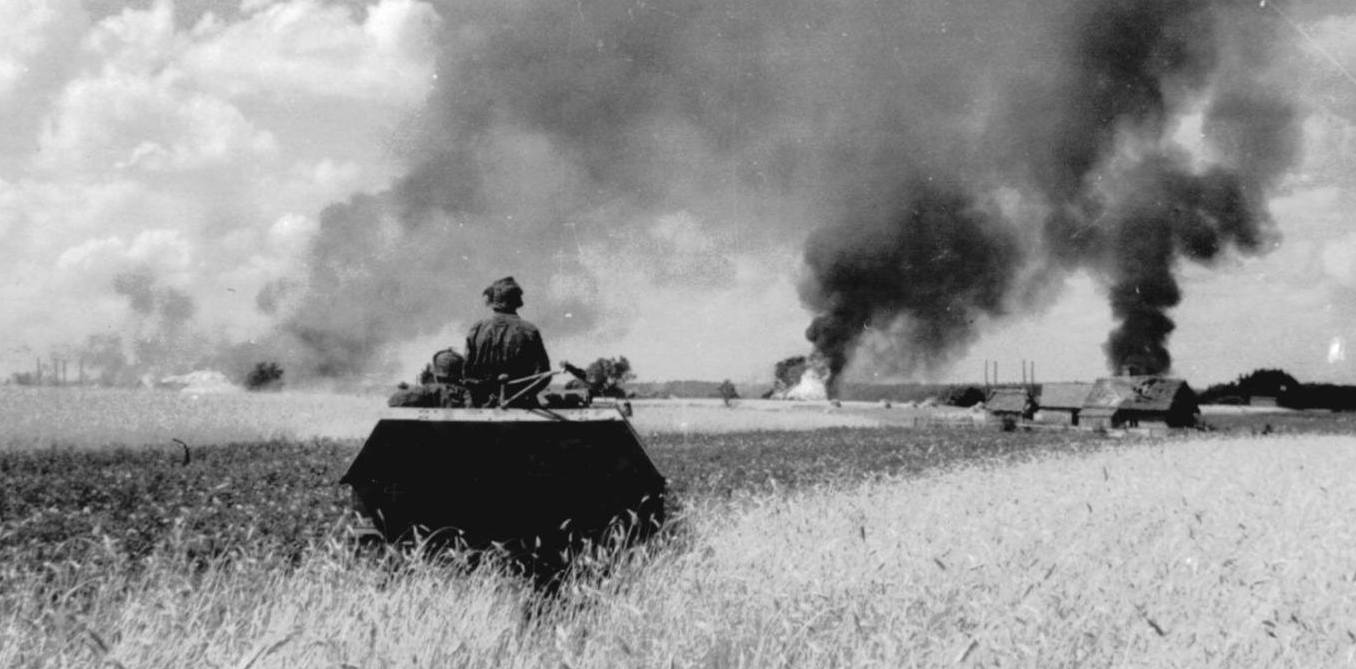
4 of 4
Unfortunately for the Germans, even the most cursory glance on a map would clearly show where they were going to attack. A pincer movement directed towards the northern and southern parts of the Kursk region would have strangled the Soviet line. This would lead to the capture of Rokossovsky’s Central Front, from the north, and the Voronezh Front, from the south, commanded by General Nikolai Vatutin. Surely, this would have happened during Operation Barbarossa, when the Germans were still capable of such blows.
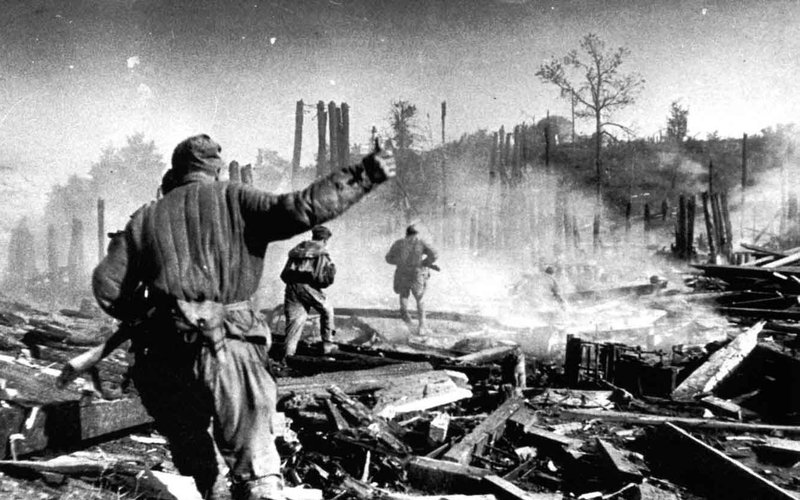
Operation Barbarossa
Operation Barbarossa was the codename for the invasion of the Soviet Union by the Axis forces. The operation was named after Emperor Frederick I Barbarossa, the leader of the Holy Roman Empire, one of the leaders of the 12th century crusades.
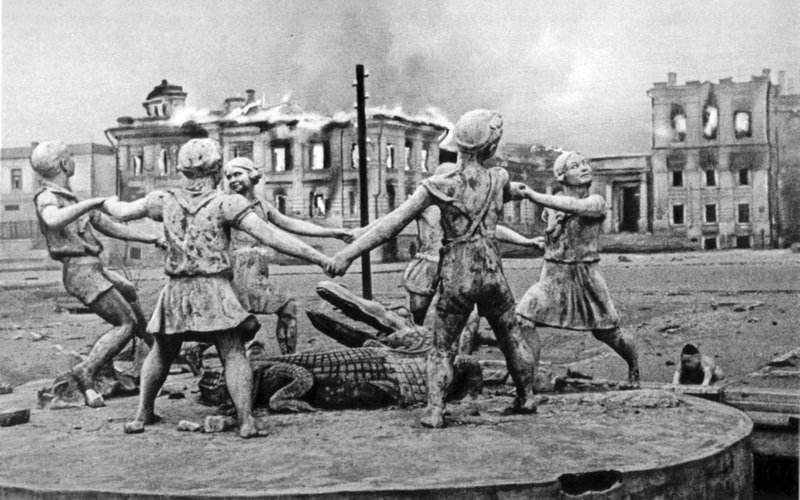
Battle of Stalingrad
The Battle of Stalingrad, modern-day Volgograd, took place between the Soviet Union and the Axis forces. The battle is often cited as one of the turning points of the war.
- Andrew Roberts, Furtuna războiului, O nouă istorie a celui de-al Doilea Război Mondial, Litera, București, 2013
- Christer Bergström, Kursk – The air battle: July 1943, Chervron /Ian Allen, London, 2007
- J. Restayn & N. Moller, Operation Citadel, Vol.II: The North, J.J. Fedorowicz Publishing, Winnipeg (Canada), 2006
- Gabriela Pantiș





